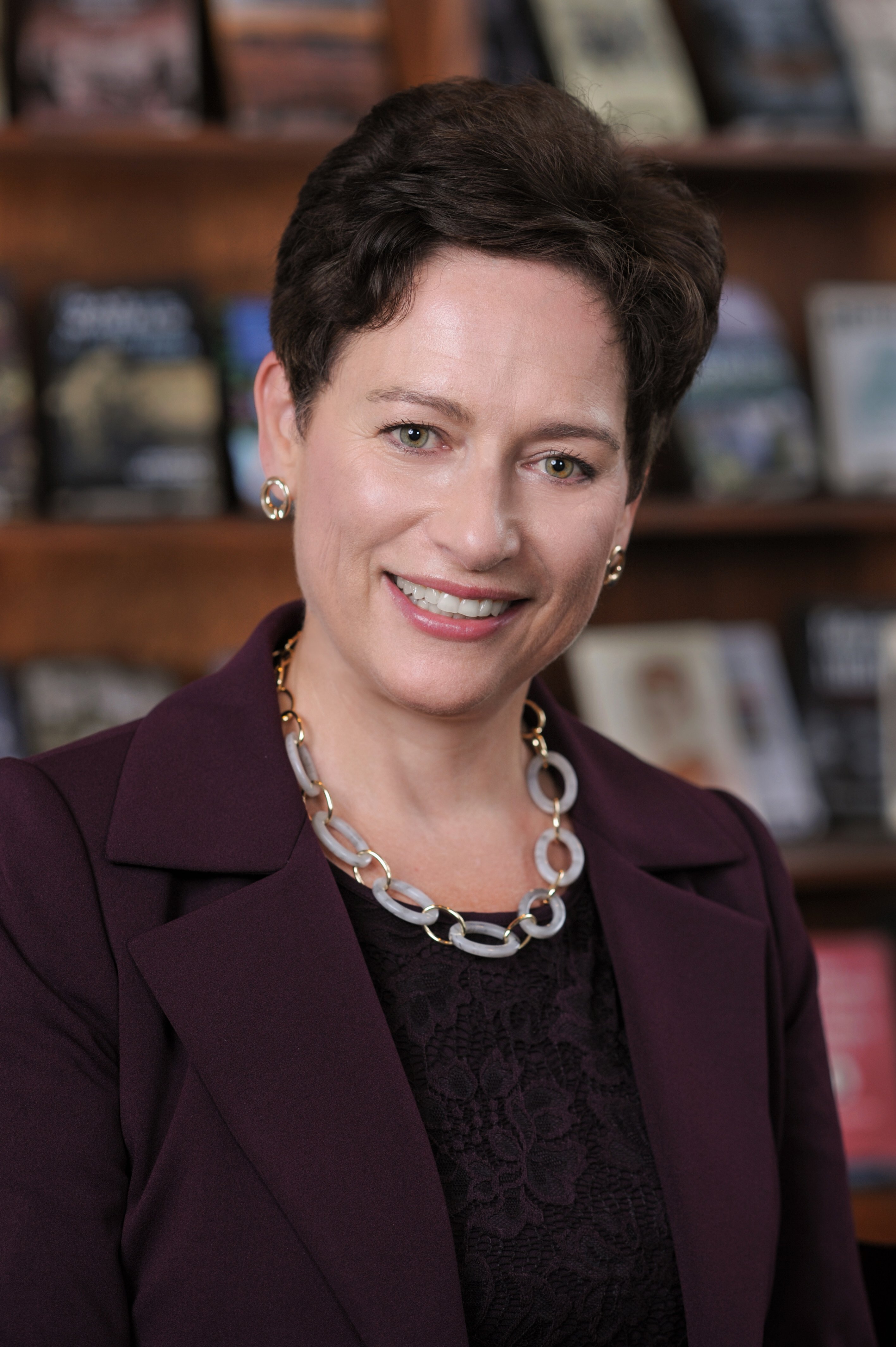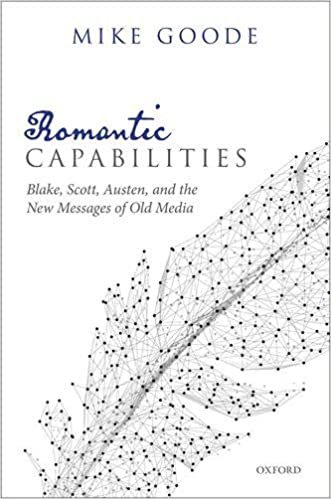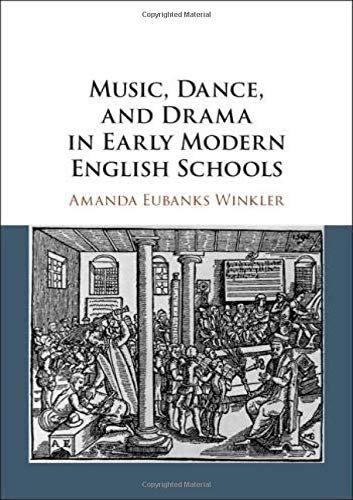A Vital Space: CNY Humanities Corridor Offers Unique Resource to Writers
Authors build rewarding collaborations through the Corridor's working group structure.

While writing a book is, to a great degree, a solitary venture, collaboration can be a key element in the process of taking a work from rough draft to print. It often takes many sets of eyes to provide the necessary clarity writers might not see on their own. To gain such valuable feedback, it helps to find a trusted group of peers who have knowledge of a book’s subject matter and who are committed to a collaborative, give-and-take research ethos. Thanks to support from the Central New York Humanities Corridor, scholars are connecting with colleagues from across the region who specialize in corresponding areas of study.
Clarity Through Collaboration
Soon after coming to Syracuse University in 2003, Associate Professor of English Mike Goode joined the CNY Victorian Studies Research Group, a cohort of professors from regional institutions with overlapping and adjacent areas of expertise in Victorian (1832-1900) and Romantic (1776-1832) era studies. The group, which included faculty from Cornell University, the University of Rochester, State University of New York (SUNY) Brockport, SUNY Buffalo and Buffalo State, met each semester to contribute ideas, suggestions and critiques on working drafts of each other’s articles and book chapters.
Eventually, the cohort joined the Central New York Humanities Corridor and became known as the 19th Century Studies Working Group. Today, the CNY Humanities Corridor is an 11-institution scholarly consortium supported by an award from the Andrew W. Mellon Foundation. Through its working group structure, and seed funding for collaborative activities, the Corridor helps connect faculty, academic staff, students and members of the wider community across disciplinary, geographic and institutional boundaries.

Vivian May, professor of women’s and gender studies and director of the Syracuse University Humanities Center in the College of Arts and Sciences (A&S), is now in her second year as director of the CNY Humanities Corridor. She says cultivating multi-institutional collaborations among authors exemplifies the Corridor’s ability to foster a broad intellectual community in Upstate New York and well beyond.
“The Corridor is remarkably dynamic and welcoming,” notes May. “Its numerous activities are driven by the interests and needs of the working groups. And, because the Corridor is designed to foster collaboration and boundary-crossing, it serves as an important catalyst for generating new ideas and for building a more expansive and inclusive scholarly community.”
Each year, more than 3,500 faculty, students and community members participate in upwards of 200 Corridor-sponsored activities across the region: working group activities frequently also involve national and international collaborations. Participants form working groups to address a particular issue, take up a shared project, and explore new pedagogies or methods, and their Corridor activities include collaborative writing groups, teaching exchanges, conferences, exhibits and performances.

“Having a sense of shared intellectual community in the region was really important,” says Goode. He credits the group for helping him through the process of publishing his recent book, Romantic Capabilities: Blake, Scott, Austen, and the New Messages of Old Media (Oxford University Press, 2020). Released in Fall 2020, Romantic Capabilities examines literary texts that often “live” in media forms like film, panoramic paintings, fanfiction and even 3D photographs.
Goode explains that appreciating how William Blake’s poetry has the capacity to go viral (or, appear in all types of subsequent creative works) can help scholars better understand the philosophical and political complexity of his work. Likewise, the fact that Jane Austen’s novels have such a vibrant life in contemporary fanfiction, where other writers redesign them, helps us recognize how Austen’s realist novels were media design experiments all along. In other words, Austen understood her novels less as representing reality than as revealing it over time, much as landscape designs realize potentials in the ecosystems they shape.
Thanks to Corridor funding, the group hosted renowned speakers who, in addition to giving a lecture, would also participate in hands-on workshop discussions about drafts of articles and books authored by working group members. For example, Goode shared drafts of two of his book’s six chapters during these sessions. He says the dialogue from those meetings altered his approach and opened his mind to new ways of thinking.
“One particular discussion with Cornell English Professor Caroline Levine was extraordinarily clarifying for me, not just for helping me see ways that my introductory framing wasn’t yet sufficiently clear but also for challenging and reshaping my thinking on certain points,” Goode says. “Having Professor Levine present for that discussion was a crucial catalyst for my project.”
Reflecting back on the process, Goode notes that feedback and suggestions from fellow working group members improved each author’s books and articles and, in some cases, helped the writers gain entry to more prestigious presses than would have been possible without those collaborative sessions.

An Enlightening Retreat
Amanda Eubanks Winkler, professor and department chair of art and music histories, is a member of a different Corridor working group, Performance/History, which falls within the Musicology/Performance Studies Corridor cluster. Groups within this cluster explore numerous performance genres, histories and practices including theatre, musical performance, dance and writing.
Corridor seed money awarded to the Performance/History group, which includes faculty from Colgate University, Cornell University and Syracuse, funded writing retreats that Eubanks Winkler says helped jumpstart her efforts in publishing Music, Dance, and Drama in Early Modern English Schools (Cambridge University Press, 2020).
“I wrote a draft of chapter four of the book on one of these retreats,” says Eubanks Winkler. “Other activities like seminars with performance studies scholars, performances, and reading groups also deeply informed the methodological approach I took in Music, Dance, and Drama. To be blunt, I couldn’t have written this book without the things I learned from this working group.”
In her new book, Eubanks Winkler analyzes the role that the performing arts played in English schools following the Reformation, when the Church of England broke away from the Roman Catholic Church in the 16th century. The book demonstrates how the schoolroom intersected with the church, the court, the home, the concert room and the professional theater, which provides new perspectives on early modern plays and operas performed by children. She also considers how scores and scripts serve as a conduit between past and present and shows the ways in which historical practices might live on through embodied performance. For instance, when 21st-century students from the Christ’s Hospital school parade through the streets of London in their distinctive Tudor-era uniforms and then sing an Easter anthem, they are reanimating a tradition that dates from the 16th century.
Exploring Boundaries
Professors Karina von Tippelskirch, Kathryn Everly and Stefano Giannini, from the Department of Languages, Literatures and Linguistics, are members of the working group, Perspectives on Europe from the Periphery, formed in 2015. The group connects faculty from Syracuse, Colgate and Cornell, working in German, Italian and Spanish literature and the visual arts.
Collectively, they are working on a book project evolving from an interdisciplinary symposium called Centers, Margins, Boundaries: Geocritical Approaches to Representations of Exile, Diaspora, and Migration in Modern Literatures, funded by an Innovative and Interdisciplinary Research Grant (CUSE Grant) and co-sponsored by the CNY Humanities Corridor.
Building on their earlier Corridor working group collaborations, this symposium was held at Syracuse University in October 2019. Participants included leading scholars from France, Germany and the United States whose work focuses on artists and writers who challenged boundaries.
The book project takes up the symposium’s central themes, exploring how exile and migration, both forced and voluntary, affected writers and artists who wrote in diasporic spaces such as Alexandria, Egypt’s second largest city. Other authors from European centers such as Madrid or Berlin became exiles and refugees because of their opposition to European fascist and authoritarian dictatorships in the first half of the 20th century. Even in culturally rich and vibrant cities such as Mexico City or New York City, they could find themselves marginalized. Crossing national, linguistic and cultural borders, their works reflect creative tensions between centers and peripheries. They challenge conventional perspectives and show both spaces of refuge and of origin, in a new light.
About the CNY Humanities Corridor
Funding for the CNY Humanities Corridor is made possible through $6.5 million in endowment funds at its three founding institutions. With support from the Andrew W. Mellon Foundation, those endowments total $4 million at Syracuse University, $1.5 million at Cornell University, and $1 million at the University of Rochester to support in perpetuity the Corridor’s mission of fostering connectivity, collaboration and cross-institutional partnerships. The Syracuse University Humanities Center remains the Corridor’s lead institution and its administrative home. The other member universities are Colgate University, Hamilton College, Hobart and William Smith Colleges, Skidmore College, St. Lawrence University, Union College, Le Moyne College and the Rochester Institute of Technology. For faculty and academic staff interested in forming a working group, and applying for collaborative research funding, the Corridor has a twice-yearly application cycle: the Spring 2021 CFP will launch in mid-February, and proposals for activities during the 2021-22 academic year will be due by March 29, 2021.
Find out more about upcoming CNY Humanities Corridor events and funding opportunities. If you are not on the Corridor’s listserv, but would like to be included in future outreach, contact the Syracuse University Humanities Center at humcenter@syr.edu.
Featured
Vivian M. May Professor
Amanda Eubanks Winkler Professor
Mike Goode Professor
